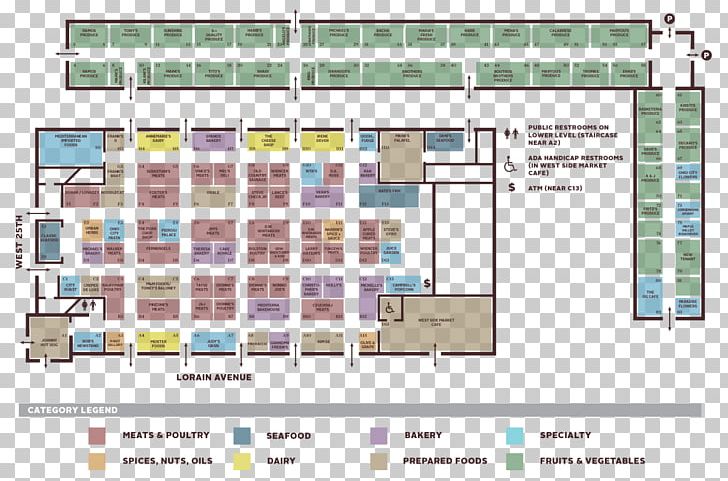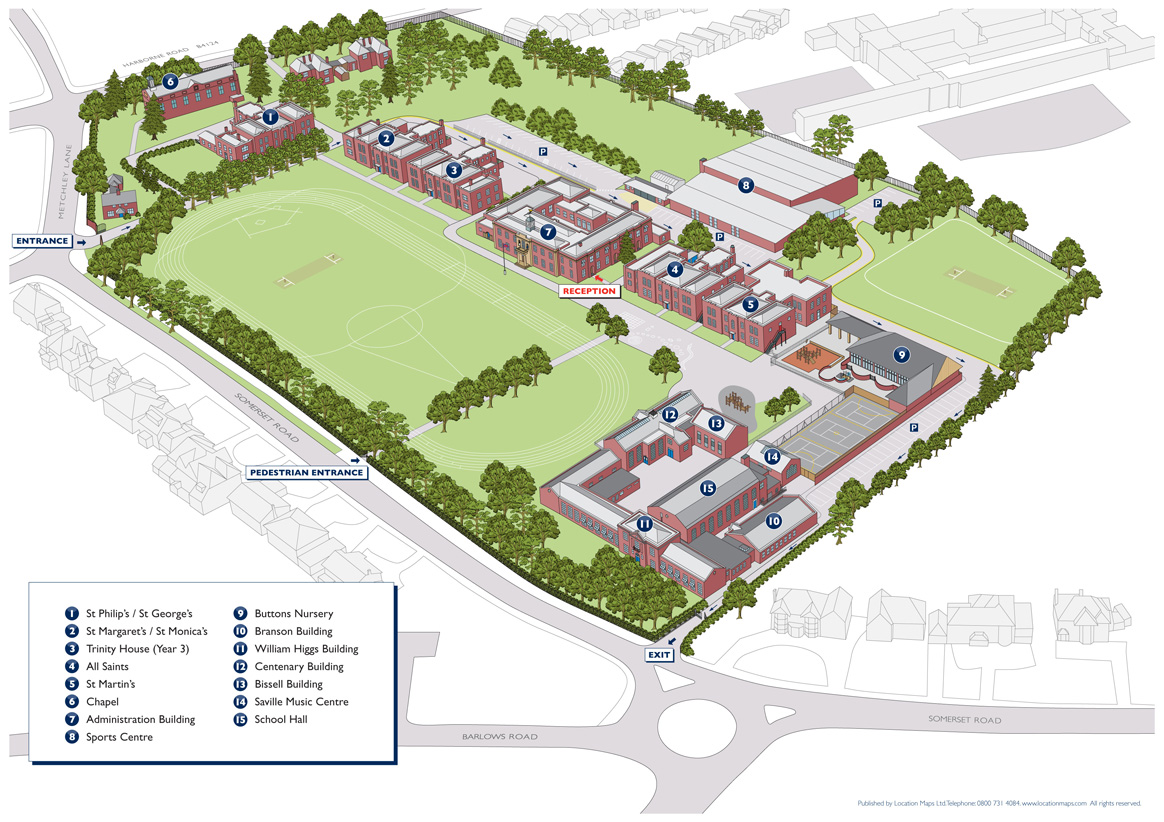

The aesthetic is echt-Scandinavian, not unlike many tech-company offices.

Bosch has completed dozens of schools, archipelagos of furniture in bright, attractive colors that work in concert with café tables, cubicles, and lab surfaces to divide high-ceilinged white rooms into zones. That’s the theory behind the toy-like landscapes created by Rosan Bosch, a Dutch-born, Copenhagen-based designer whose practice focuses on the art, design, and architecture of learning. Project- or inquiry-based learning has become a model of 21st-century education-an approach which is less focused on learning facts and more concerned about what you do with them. If the design of the one-room schoolhouse was a machine for a certain kind of one-directional education-the teacher dispensing facts without interpretation-the most progressive classrooms today reflect a very different philosophy. This latest trend in school design is all about options, furniture that gives students and teachers the ability to modify their postures as lessons allow. The long benches of the Ingalls’ schoolhouse become individual desks desks become lightweight and movable desks disappear in favor of seminar-style tables and, in a recent twist, tables have become upholstered ottomans, beanbags, and booths, as suitable in a home-or the dot-com workplace-as in a school. The classroom is molded around, and helps mold, educational reforms and new pedagogical ideas, from separating students by age, to object-based learning, to open-plan schools. Moving forward through the history of American schools, these two elements-the container and its contents-become the object of repeated invention and modification. In the one-room schoolhouse, there are two pieces of design: the room and the seat. Now I regard it as prophetic, a clear example, by virtue of its simplicity, of the way that the design of a classroom reflects and supports a particular style of teaching. When I first read the Little House books, I regarded this description as quaint. When they are ready to move on, they move back one bench. In each row, all the children are studying the same section of the primer. Mounted on the back of each bench is a shelf that serves as a desk for the bench behind, and so on to the back of the room. The schoolhouse, like their own newly built house, was made of machine-sawed lumber, but in Laura’s later account of the experience in the book On the Banks of Plum Creek (Harper & Brothers, 1937), she dwells on the furniture: long benches, also made of planed boards, with attached backs. When Laura and Mary Ingalls went to school for the first time, in 1874 in Walnut Grove, Minn., they did so in a one-room schoolhouse. Kim Wendt Rosan Bosch's Vittra Telefonplan


 0 kommentar(er)
0 kommentar(er)
